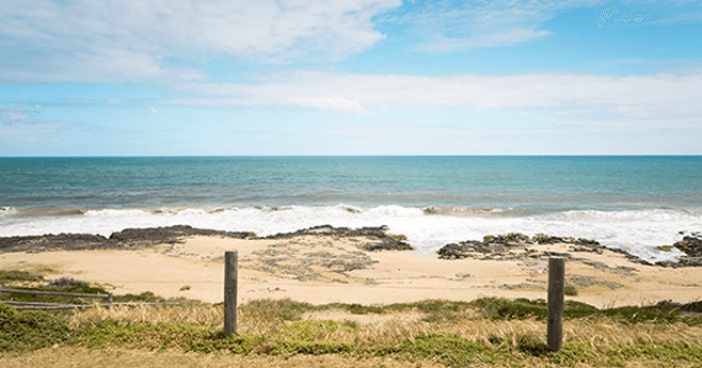The Louisiana Coastal Protection and Restoration Authority (CPRA) has released the 2017 draft for a 5-year Master Plan which calls for spending $50 billion for coastal restoration and protection during the next 50 years. Overall, the plan represents an outstanding effort by CPRA. Notably, the Plan estimates sea level rise caused by climate change to be 1.4 to 2.7 feet in that time span. This estimate is consistent with recent scientific studies which forecast approximately 6 feet of sea level rise in our children’s lifetimes (by the end of this century). 1,2,3This view is supported by a vast array of non-partisan scientific associations, including the American Meteorological Society, and the American Association for the Advancement of Science in a letter to Congress dated June 28, 2016.4 It states:
“Observations throughout the world make it clear that climate change is occurring, and rigorous scientific research concludes that the greenhouse gases emitted by human activities are the primary driver. This conclusion is based on multiple independent lines of evidence and the vast body of peer-reviewed science.
For the United States, climate change impacts include greater threats of extreme weather events (and) sea level rise… The severity of climate change impacts is increasing and is expected to increase substantially in the coming decades.”
Given the fact that we have not had a global monthly average temperature below normal since 1985, that ocean temperatures are now rising (melting polar ice caps from below), and that strong scientific consensus about human-caused climate change, there is little reason to think that rising sea level will not cause widespread devastation to south Louisiana in the next 50 to 80 years. While the CPRA Master Plan may be viable for a 1- to 2-foot rise, there is nothing we can do to save the coast of Louisiana and protect ourselves from a 3- to 6-foot rise in sea level. Because of sea level rise, major transportation links in Louisiana like I-10, I-12, Hwy 90, Hwy 1 and railroads will become flooded or unavailable for continuous use. Even for areas with levees, like New Orleans, the loss of ground transportation will render them virtual islands.
Sadly, we are passing onto our children and grandchildren a disaster of unprecedented magnitude that will result in economic devastation and a “Louisiana Trail of Tears” as they are forced to permanently abandon coastal Louisiana, including Jefferson, Orleans, St Bernard, and Plaquemines parishes (counties). We are placing a $50 billion bet on the issue of climate change and sea level rise. Even more sadly, our state is actively opposing efforts to fight climate change.
The views and opinions expressed is this article are solely those of the original author. These views and opinions do not necessarily represent those of ADEC Innovations, and/or any/all contributors to this site.
ADEC Innovations (ADEC) is a leading provider of ESG solutions, including fully-integrated industry expertise, software solutions and data management. We help governments and organizations adapt to climate change by recognizing related challenges and providing effective solutions. For more information on sustainability practices that promote climate change mitigation, please subscribe to our monthly newsletter, GreenWatch.




